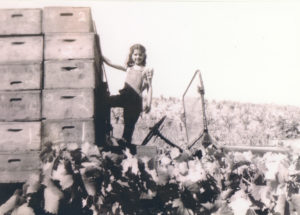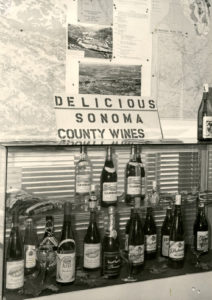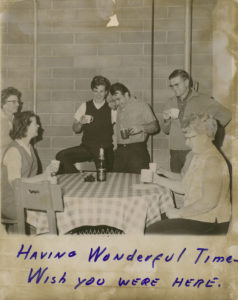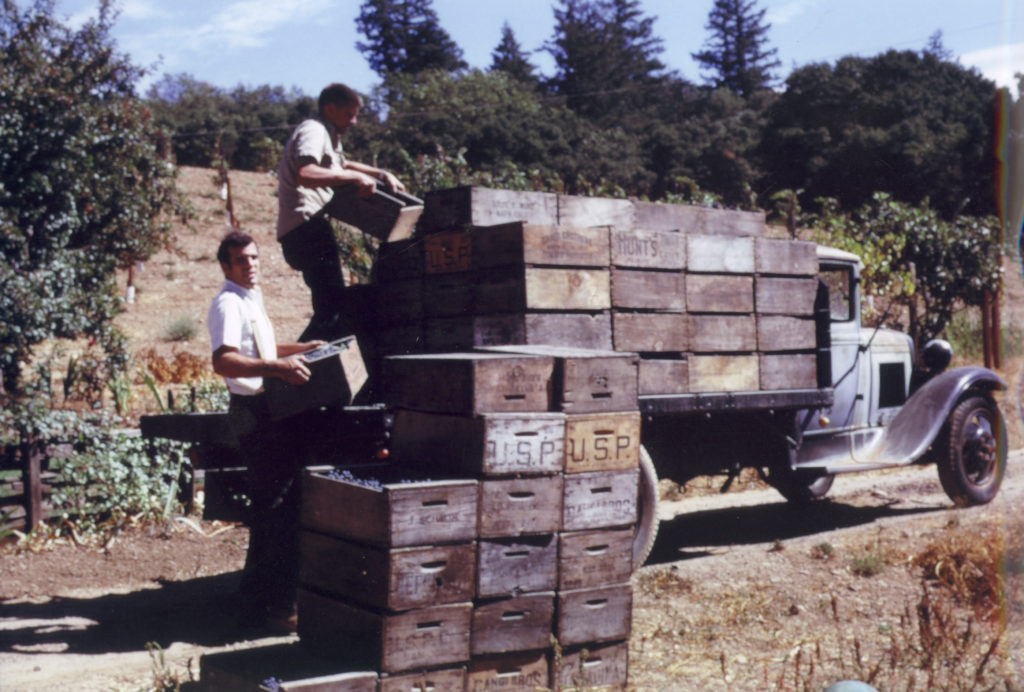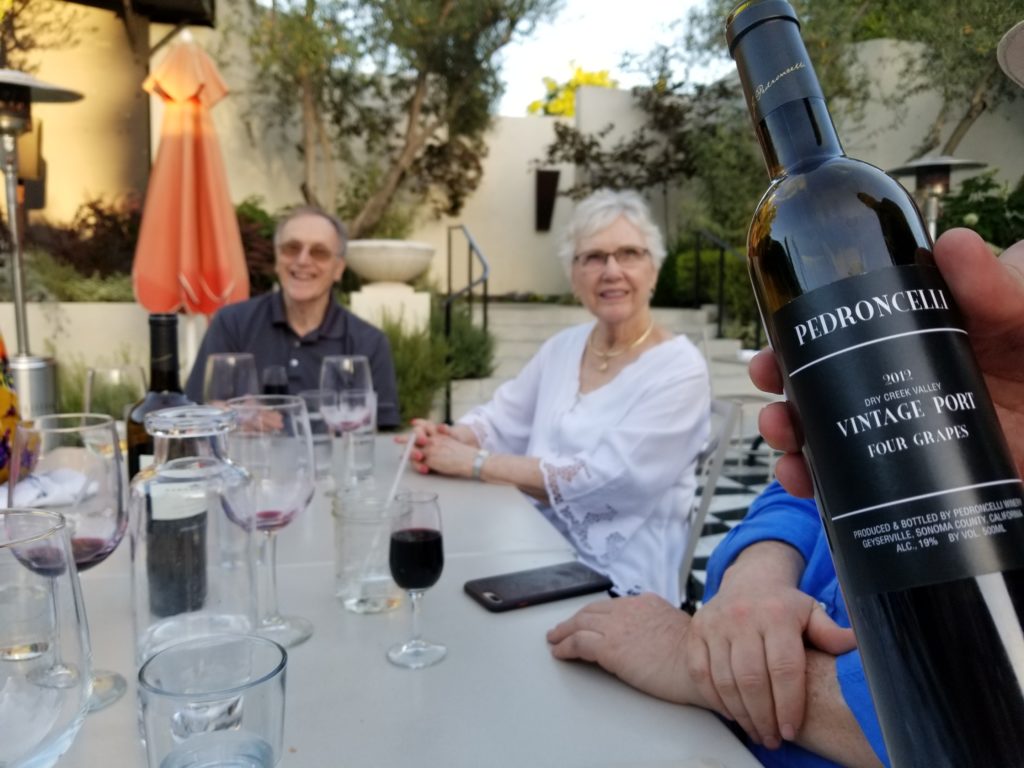The Dry Creek Valley in Sonoma County, California is home to many 100+ year-old zinfandel vines, but what few people realize is that much of the wine is still being made by the families who originally planted the vines!!
For example, this year Mauritson Wines celebrates 150 years and six generations of farming in the region. In the 14 years they’ve been making their own wine from their grapes, they’ve garnered a worthy reputation for producing some of the finest zinfandels in the country. While all that time remaining family run and operated.
Since 1868, the Mauritson family has been growing grapes right here. The great-great-great grandfather S.P. Hallengren, a grape growing pioneer in the Rockpile region, first planted vines in 1884. That’s right…. for the big Zin and Cab fans out there who want a special bottle that can be enjoyed on it’s own… You know ROCKPILE!!
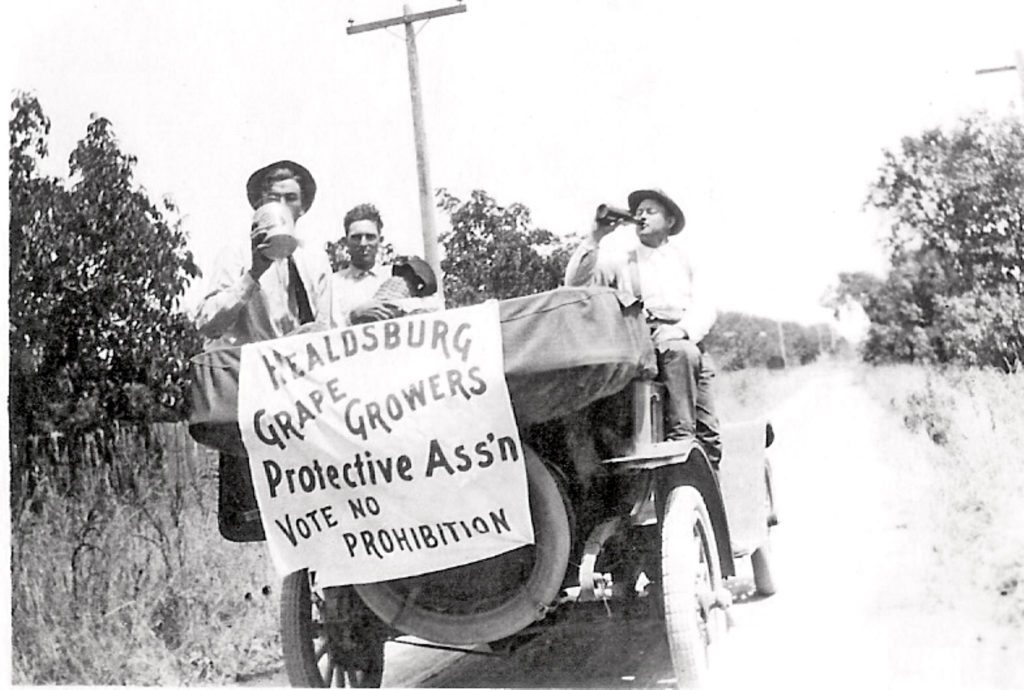
This last month it was my absolute pleasure to be chatting, lunching, sipping and touring vineyards with these multigenerational winemakers to hear about their experiences farming and growing up in the area.
Winegrowers of the Dry Creek Valley hosted a lunch in honor of families with rich history in the Dry Creek region. What a treat it was to hear from these family run wineries, right from the members themselves. They spoke about what it was like growing grapes both then and now.
Happy 150th to Mauritson Wines… & Many More!
Another great example of one of these wineries is Dry Creek Vineyard and it’s family roots. Founded in 1972 by David S. Stare with his vision to start a Loire Valley inspired winery after all his travels in the Loire region had left him enamored. Stare had been looking for the right piece of property for some time and during a weekend trip somehow he was drawn down the right path and ended up in the Dry Creek Valley.
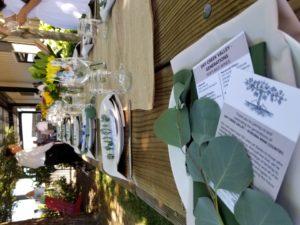 I would say that here in Wine Country, many people like to pave their own way and when David Stare saw an old prune orchard across the street from the Dry Creek General Store, he felt like this could be his dream location.
I would say that here in Wine Country, many people like to pave their own way and when David Stare saw an old prune orchard across the street from the Dry Creek General Store, he felt like this could be his dream location.
And it looks like his feeling was right since his family is still running a vineyard on that same piece of land bought with a handshake deal after a chat with a man ‘on a tractor’. Family. Heritage. Authenticity… & Dry Creek Vineyard also makes beautiful wines, with lovely educational labels to boot. They have a cool climate collection that is a favorite of mine. Chardonnay, Pinot Noir & Zinfandel from the foggy valley regions of Dry Creek. Where some would say… it is the Russian River Valley’s ideal micro-climate fore growing these grapes.
After the tasting and lunch event, I had the pleasure of attending a private dinner with the Pedroncelli’s (see more about this wonderful family below) at Catelli’s Restaurant in Geyserville and learning even more about their story on a more personal basis. What a fun day! Please watch the videos (posted below the article) and browse the photos as well, the second part of this post will be up tomorrow.
There was sooo much content and great content at that, that I have split the whole experience into a few articles.
The videos in which family members tell their stories (below & also posted on my youtube) are a favorite of mine. I think video can really help people to see firsthand how much passion that there is about both the land and their own personal relationships that have been created through the passion for that land. Dry Creek Valley really holds a special place in the hearts of the family members.
With over 60 wineries to choose from, it can be tough to select who to visit when planning a wine tasting adventure in Dry Creek. MIGHT I HIGHLY SUGGEST some of the wineries I have highlighted in my List of Top 15 Stops Along The Dry Creek Valley Wine Road – A Tour of Wine Grapes & History… which launches tomorrow right here. Link will be updated for everyone tomorrow.
There you will be able to see videos, bottle shots and more of the experience of my day long journey through Wine Country with the Winegrowers of Dry Creek Valley hosting a Celebration of History in the Region.
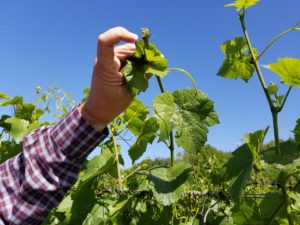 But please keep reading here for more about the history of Dry Creek below. Plus, more of these cool old timey photos, thanks to the organization for providing them.
But please keep reading here for more about the history of Dry Creek below. Plus, more of these cool old timey photos, thanks to the organization for providing them.
These families gave me a new appreciation of the multigenerational approach to business.
If you look back to the history of pre-industrialized America, multi-generational family farmers were a norm.
How else would one run a large property well and harvest the crops on time other than with a living situation where kids, parents, and grandparents are all under the same roof?
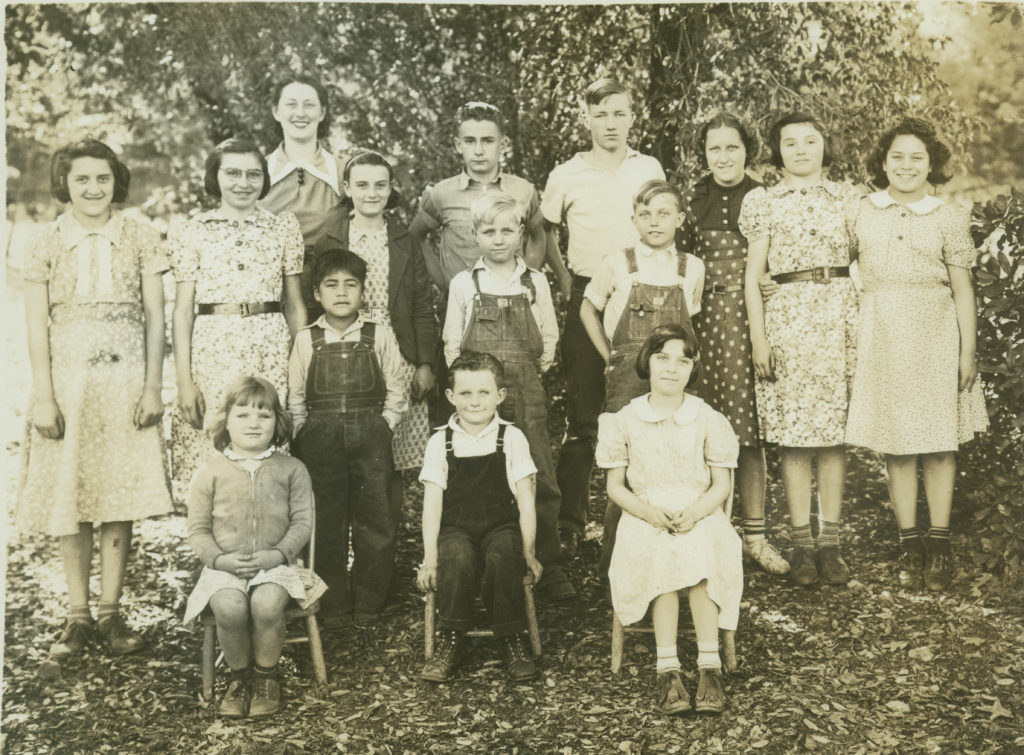
With the added benefit that with so many chores to be done on a farm, more family members meant, less chores per person.
As I sat down to lunch with the families of Dry Creek, we had a chance to chat more personally about their individual experiences on the farming homestead.
Without the benefits of social media back then, it was Grandma who would tell stories to the younger kids about what it’s like growing up on the land they now lived on. The family history stories were told almost daily and stuck with the children.
On top of that, the generations of children now running the winery, were on hand for our luncheon to tell us stories at the table about riding their BMX bikes through the creeks as school got out each day. Everyone knew each other back then and not only did you have multigenerational families but you also now have the extended family that your close neighbors provided and the friendships (and love interests) that ensued.
For these Dry Creek Valley families farming came standard as a multi-generational affair and they wouldn’t have it any other way. The kids work and learn alongside their parents and grandparents with aunts, uncles and cousins all playing a role too.
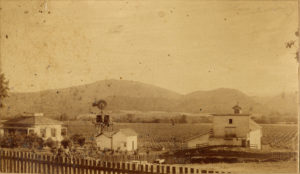 It is impressive. Some of their fondest memories of childhood are working on the farm and evenings with the neighbors. These grape growers have found the best location that fits with their DNA and personal skill sets. There is a mutual understanding and a close relationship between growers that you don’t always see in the wine industry. A camaraderie that is felt by those who meet them.
It is impressive. Some of their fondest memories of childhood are working on the farm and evenings with the neighbors. These grape growers have found the best location that fits with their DNA and personal skill sets. There is a mutual understanding and a close relationship between growers that you don’t always see in the wine industry. A camaraderie that is felt by those who meet them.
With roots reaching back 150 years, Dry Creek Valley’s history in winegrape growing is among the longest in California. Its fertile landscape attracted settlers soon after the California Gold Rush of 1849. By the late 1880s, the valley had nine wineries and 883 acres of vineyards – the majority planted to Zinfandel, for which Dry Creek is best known.
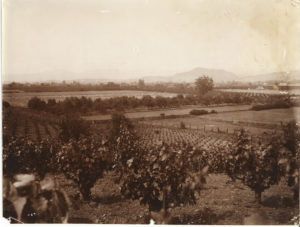 The region specializes in Zinfandel, also called America’s Heritage Wine. As one of the most difficult varieties to grow due to its tendency to ripen unevenly right down to each individual berry, it was the perfect challenge to try to produce award winning grapes from… at least perfect for a family of farmers.
The region specializes in Zinfandel, also called America’s Heritage Wine. As one of the most difficult varieties to grow due to its tendency to ripen unevenly right down to each individual berry, it was the perfect challenge to try to produce award winning grapes from… at least perfect for a family of farmers.
I bet the conversation at the dinner table could get quite heated during harvest time!!
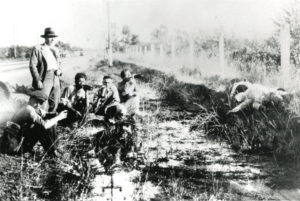 Each family had a rich history of sustainability due mostly in part to their love of the land and the vineyards that they had planted in the past with the own grandparents.
Each family had a rich history of sustainability due mostly in part to their love of the land and the vineyards that they had planted in the past with the own grandparents.
One of the most valuable things that these winegrowing families have in each other is good relationships with other growers and the winemakers who need the grapes themselves. The growers were forward looking and found family members who enjoyed the business side of ranching as much as members who love the farming side of things.
They are people who appreciate hard work, disciplined growing techniques and land preservation and appreciate their family members above all else. It is a refreshing approach with so many new wineries cropping up daily.
2015 marks Seghesio Family Vineyards’ 120th anniversary in Sonoma County. As one of the very few California wineries that can lay claim to a history of more than a century, it is an anniversary to be celebrated and an opportunity to recognize and share the family history with friends fans of Dry Creek Valley and their own customers.
The winery was established in 1895 when Italian immigrant and winemaker Edoardo Seghesio planted his first Zinfandel vineyard in what is now Seghesio’s Home Ranch Vineyard in Sonoma County’s Alexander Valley. 2015 marked the 120th anniversary in Sonoma County. As one of the very few California wineries that can lay claim to a history of more than a century, it is pretty cool to visit.
Edoardo and his wife Angela continued to tend vineyards through Prohibition and were one of approximately only 100 wineries to survive that era. Post-prohibition, Seghesio was a key supplier of grapes and bulk wine to large California wineries. Under the guidance of fourth generation Ted Seghesio, who is featured in our videos below telling stories of his family’s history… the winery has become what it is today. Ted, along with his cousin Pete, have steered the family brand to be renowned for exceptional Zinfandels and Italian varietals.
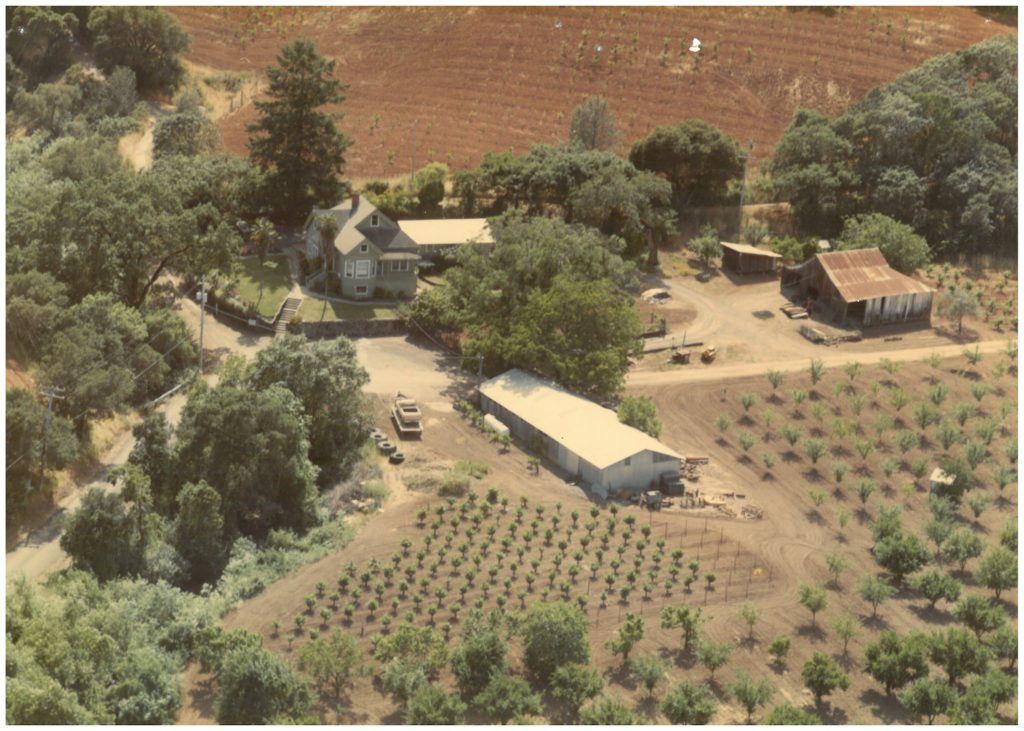
A big part of what makes Sonoma’s Wine Country soo special is the people. Dry Creek Valley is FULL of people who are the perfect example of this truth.
I had dinner with the fabulous Pedroncelli’s whose stories just blew me away too. I was traveling to Southern California’s desert region the following week where people also had an appreciation for homesteading and the idea of generations living together and this day couldn’t have been more of a treat or get me any more pumped up about chatting more about the history of a region with people who had lived there all their lives.
The Pedroncelli family, when Prohibition first hit the big wine boom were one of only 2 wineries that remained open, even during repeal in 1933, J. Pedroncelli, and they are still operating today!!
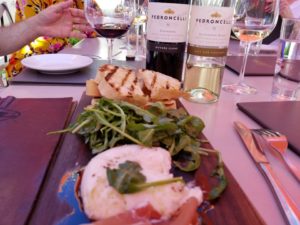 As a family winery who has farmed for 90 years in the Dry Creek Valley, they wanted the next generations to be able to continue farming in an environmentally sensitive way. Since 1927, when John Pedroncelli, Sr. purchased vineyard and a small winery in Sonoma County’s Dry Creek Valley, two elements have remain unchanged: the exceptional place where the Pedroncelli family farms their vineyards, and the family’s dedication to making fine wines.
As a family winery who has farmed for 90 years in the Dry Creek Valley, they wanted the next generations to be able to continue farming in an environmentally sensitive way. Since 1927, when John Pedroncelli, Sr. purchased vineyard and a small winery in Sonoma County’s Dry Creek Valley, two elements have remain unchanged: the exceptional place where the Pedroncelli family farms their vineyards, and the family’s dedication to making fine wines.
Pedroncelli is making fabulous Zinfandel of course, plus the Port is a stunner! And… might I add… the family is also hosting wonderful wine dinners in Geyserville, thank you to them for spending the evening with me.
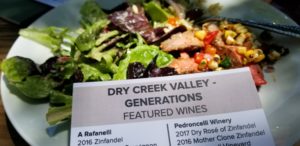 It was a real treat to sit down one on one with the team and with the fabulous Ed St John who is the best kind of Ambassador that a brand can find. He truly loves the wines, the people and the story behind it all, and it shows in chatting with him and in the glass.
It was a real treat to sit down one on one with the team and with the fabulous Ed St John who is the best kind of Ambassador that a brand can find. He truly loves the wines, the people and the story behind it all, and it shows in chatting with him and in the glass.
The restaurant and outdoor patio at Catelli’s is to die for! Perfect for events and the pasta is fabulous too. I highly recommend trying the burrata as well… Just sayin’.
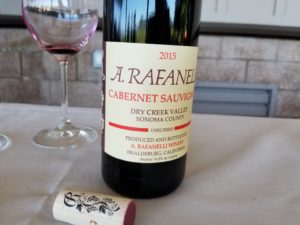 What a fun way to top off a special day learning about Dry Creek Valley.
What a fun way to top off a special day learning about Dry Creek Valley.
Winning.
One of the things that I liked about the Pedroncelli brand is it’s accessibility. Many people recognize or have tried one of their wines all across the U.S. or heard about their history during Prohibition. The focus of the wine label had been on establishing relationships with restaurants and casual dining/meet-up wine bars, independent wine shops and niche locations across the nation. And accolades have followed.
The port we had which was served at the restaurant was great.
After dinner, I returned to my bed and breakfast, in Dry Creek Valley of course, where there was an actual speakeasy behind a bookcase in the wall with an original sign saying that the space was closed by order of the government due to prohibition… As you may guess, I went in anyways!
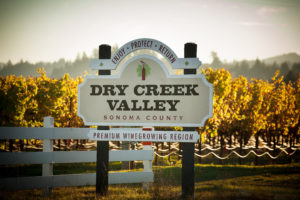 Talk about history and bringing it around full circle. Wowsa on the history lesson ending in a great historical old building full of charm and all the modern amenities that one would need when staying locally and wine tasting the days away.
Talk about history and bringing it around full circle. Wowsa on the history lesson ending in a great historical old building full of charm and all the modern amenities that one would need when staying locally and wine tasting the days away.
Thank you to the Grape Leaf Inn for my fantastic stay! My article about my stay in this bed and breakfast hot spot will be the third in my series on wine tasting history of Dry Creek Valley. Stay tuned for more.
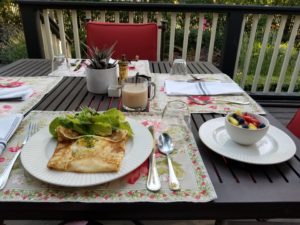 What a beautiful building they have, service, style, wine tasting, comfy bed and full service breakfast, all on point for a great stay in the Dry Creek Valley and still right next to the downtown square! Location also on point.
What a beautiful building they have, service, style, wine tasting, comfy bed and full service breakfast, all on point for a great stay in the Dry Creek Valley and still right next to the downtown square! Location also on point.
Owned by the folks who also own the Wilson Artisan Family of Wineries, it is fabulous to sip wines with the team at happy hour with a bottle on hand + local cheeses. The perfect thing to welcome back guests to their rooms in the afternoon!
Let’s get back to talking grapes. DID YOU KNOW?!? Dry Creek Valley is one of the smallest AVAs in size (16 miles long by two miles wide), it is a dense concentration of floor, benchland and hillside vineyards.
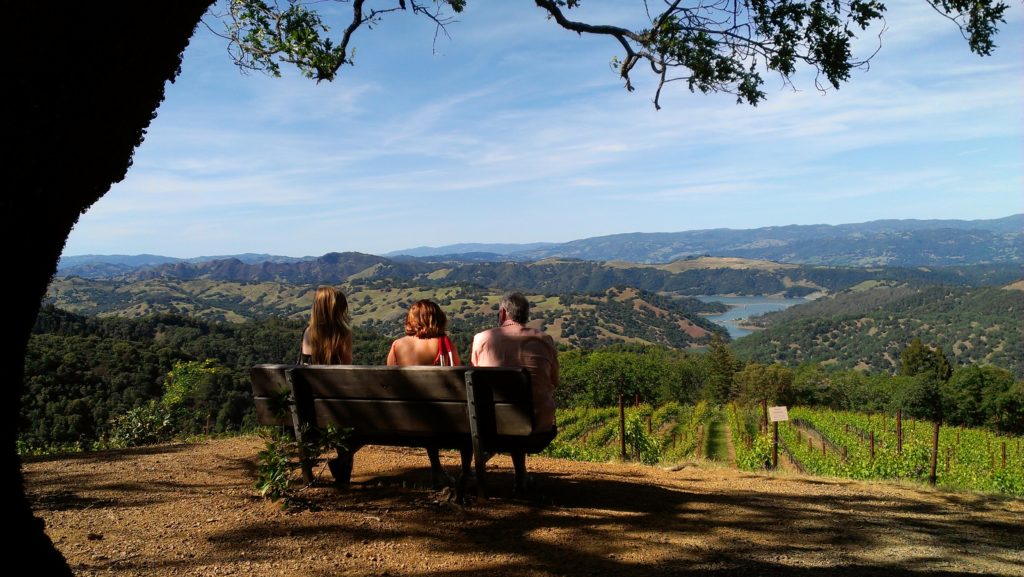
Some say the… Perfect SOIL: The valley was created by the uplift and subsidence along ancient earthquake faults and the deposit of alluvial material.
 This soil deposited over thousands of years on the valley floor is primarily gravelly and sandy loam – deep, well drained and fertile dirt that produces good crops of flavorful grapes.
This soil deposited over thousands of years on the valley floor is primarily gravelly and sandy loam – deep, well drained and fertile dirt that produces good crops of flavorful grapes.
The soil on the surrounding benches and hills is composed of gravelly clay loam, often strikingly red in color. This very rocky soil drains exceptionally well, helping to stress the vines late in the growing season, concentrating varietal character.
Dry Creek Valley is classified as a Region II climate for grape growing (similar to Bordeaux region in France). Dry Creek Valley experiences both coastal and inland influences, with the nearby coastal mountain range keeping cool marine temperatures at bay, allowing for daily temperatures in the mid-80’s, July-Sept.
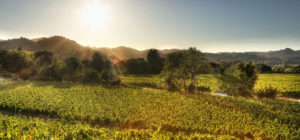 But these mountains also provide a conduit for the coastal cold air and fog to come in at night, dramatically dropping temperatures.
But these mountains also provide a conduit for the coastal cold air and fog to come in at night, dramatically dropping temperatures.
Long, warm days allow the fruit to fully ripen, while coastal cooling in the evening enables the grapes to mature slowly and retain their acidity and balance. These are the perfect growing conditions for Zinfandel and Sauvignon Blanc, the region’s signature wines, as well as Bordeaux and Rhone varietals.
100% Sustainable Initiative by 2019: Dry Creek Valley is proud to be part of Sonoma County’s initiative to become a 100% sustainable wine region by 2019. How cool is that?!?
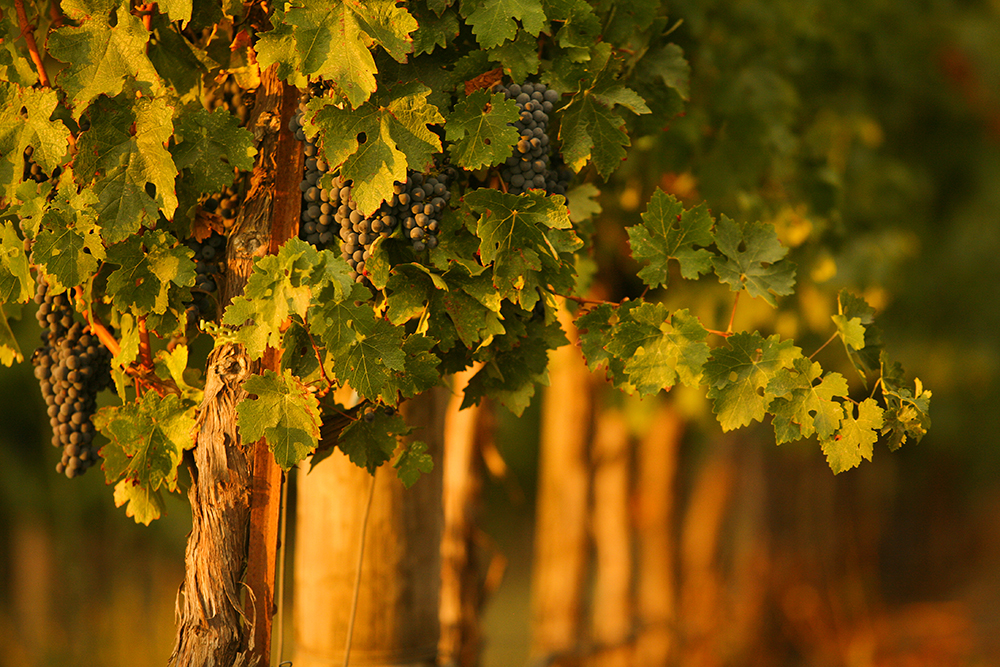
Today, nearly 9,000 acres of vineyards carpet the valley, providing exceptional fruit to over 70 wineries, the majority of which remain family-owned. Cheers to that!!
Don’t forget to read my article below for more information about the individual wineries that I got to sip, chat with and learn more about during this crazy cool event.
Top 15 Stops: Dry Creek Valley Wine Road – A Tour of Wine Grapes & History – Coming Soon!
For more information on the history of Dry Creek Valley:
